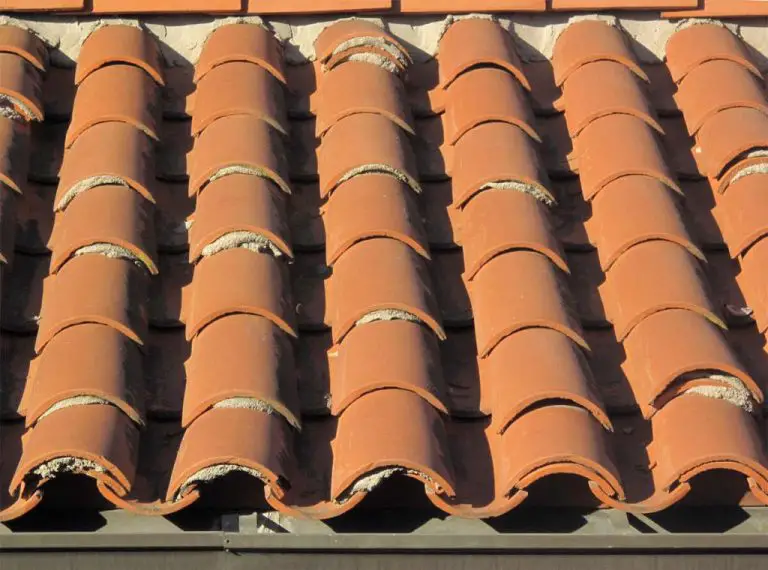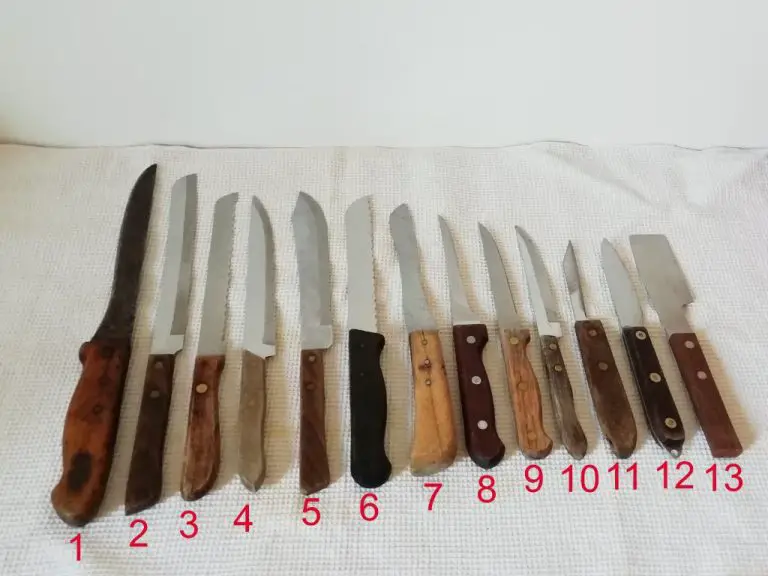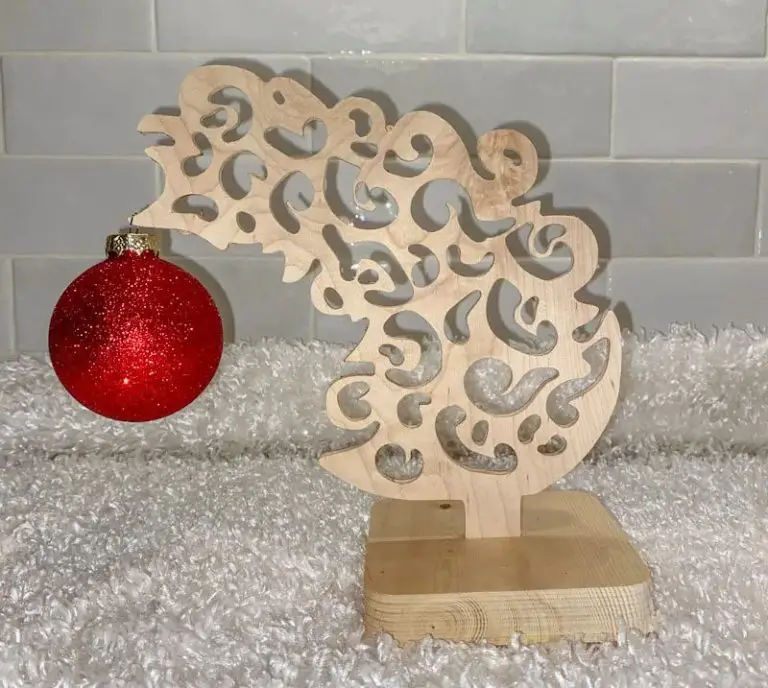How To Make Hikaru Dorodango?
Hikaru Dorodango (Japanese for “shiny dumpling”) is the art of creating beautiful shiny balls from mud and soil. While the exact origin is unknown, it is believed to have originated in Japan hundreds of years ago as children would gather soil and moisture to sculpt shiny orbs. The term “Hikaru Dorodango” was coined in 2006 when a Japanese educator posted instructions online on how to create these shiny balls.
The process involves carefully mixing soil, sand, water and other natural ingredients to create a malleable clay-like mixture. This is then shaped and molded by hand into spheres and allowed to dry. Once dried, the mud balls are carefully polished using your bare hands to compress the surface and create a glossy sheen. It is an artform that requires patience, precision and care. At its core, Hikaru Dorodango allows us to transform an ordinary clump of dirt into an object of beauty through mindful effort.
Supplies Needed
To make a Hikaru Dorodango, you’ll need just a few simple supplies:
Dirt – The key ingredient is dirt, preferably a clay-heavy soil that can be tightly packed and molded. Look for dirt that is smooth and free of large rocks or organic material.
Water – You’ll need water to moisten and bind the dirt together. Distilled or boiled water works best.
Hands – Get ready to get your hands dirty! Molding and shaping the dirt requires frequent handling.
Plastic bags or wrappers – To store the dirt ball safely as it dries. Plastic wrap, ziplock bags or food wrappers work well.
Towel – Have a towel on hand to clean up and dry your hands as needed.
Choosing the Dirt
The key to creating a beautiful Dorodango ball is choosing the right dirt. The best dirt to use is silky, dry dirt that contains very little organic material. Look for dirt that is fine-grained, smooth, and flows through your fingers like flour. Avoid any dirt that contains a lot of rocks, roots, or debris as this can make shaping and polishing difficult.
The perfect consistency is similar to sand. Test samples of dirt through your hands and choose the silkiest, smoothest dirt available. Dry riverbeds, hiking trails, construction sites, and playgrounds are great places to collect samples. Take a few zip lock bags and fill them with different dirt samples to test at home. The finer and dryer the dirt, the easier it will form into a perfect sphere.
Mixing the Dirt
The key to mixing the dirt is adding just small amounts of water at a time. Start with about a tablespoon of water and mix it into the dirt thoroughly, kneading it with your hands to form a smooth clay-like consistency. If needed, add another tablespoon of water and continue mixing. You don’t want the dirt to be too dry or it will crack. But you also don’t want it overly wet or it won’t hold its shape.
Knead the dirt for several minutes, working the water in evenly throughout. Pick up pieces and squeeze them in your fist to check for moisture consistency. When you can form the dirt into a ball that holds together without cracking or crumbling, it is properly mixed. The dirt ball should feel malleable like clay but not sticky. If needed during shaping, you can mist the surface with a spray bottle to add small amounts of moisture.
Shaping the Ball
After mixing the dirt thoroughly, it’s time to start shaping it into a ball. Take the damp clay and roll it between your palms to form a rough sphere. Apply light pressure as you roll to compress the clay into a tight, compact shape.
As the ball takes shape, inspect its surface closely. Use your fingers to gently press out any cracks or cavities that appear. The goal is to create a smooth, seamless exterior free of holes, bumps, or imperfections. Pay extra attention to smoothing any ridges where different colors of clay meet.
Resist the urge to handle the ball too roughly at this stage. The clay remains quite fragile. Work slowly and methodically, turning the sphere in your hands and molding problem spots as needed. With consistent, gentle pressure, you’ll achieve a perfectly rounded form.
Once satisfied with the shape, set the ball aside to dry. Later steps will further refine and harden the exterior, so don’t worry about achieving a flawless finish just yet. The priority now is crafting a solid, structurally sound ball as the foundation.
Drying
After you have shaped the dirt into a smooth ball, it’s time to let it dry. This is a crucial step that requires patience. Place the ball on a sheet of plastic wrap or in a plastic bag. Make sure the plastic is not touching the surface of the ball. You want air to be able to circulate around the ball as it dries.
Let the ball sit undisturbed for 1-2 days. It may take longer if the environment is humid. The ball should be dried slowly and evenly. Resist the urge to unwrap it or move it around. Just leave it alone during the drying process.
You’ll know the ball is ready when the surface feels smooth, dry, and hard to the touch. The dirt should hold its shape without cracking or crumbling. If it still feels damp or soft, let it dry for another day. Rushing this step can ruin the structural integrity of the ball.
Be patient and allow the ball to dry completely before moving on to polishing. Proper drying is key to creating a durable Dorodango ball that will last.
Polishing
Polishing is key to getting your dorodango ball to have that glossy, mirror-like shine. Start by gently wiping down the entire surface of the ball with a soft cloth or towel. Apply light pressure and work in small circles. The goal is to buff the surface smooth while avoiding damaging the delicate outer layer.
After towel polishing, continue polishing by hand. Rub the ball with your bare palms, massaging it gently to bring out the natural sheen. The warmth and moisture from your hands will help seal and harden the surface. As you polish, the ball will become smooth, compact and increasingly glossy.
Be patient during this stage. It can take 30 minutes or more of continuous polishing before the dorodango is gleaming. Focus on polishing consistently over the entire surface. The more care taken during polishing, the more lustrous the end result will be.
Continue hand polishing until the dorodango has a uniform, mirror-like surface. The polishing stage is complete when you can clearly see your reflection in the shiny surface of the ball.
Finishing Touches
Once your Hikaru Dorodango is fully dried and polished, you can add some optional finishing touches to further customize it:
-
Apply acrylic paint or nail polish to add color and designs. Allow each coat to dry fully before adding another. Use a clean small brush for detailed painting.
-
Spray with a clear matte varnish to give it a protective coat and slight sheen. Multiple light coats allow it to fully dry in between. Handle carefully while wet.
-
Make a custom display stand from wood, acrylic, metal, or another material of your choice. Consider methods like drilling a hole, using poster putty, or creating a cradle to securely hold the ball.
Get creative with finishing touches to make your Hikaru Dorodango truly unique. The smooth sphere offers a wonderful canvas for paints, carvings, accessories, and more. Just be careful not to damage the rounded shape when decorating.
Troubleshooting
If your dorodango ball develops cracks or does not develop a shiny polished surface, there are a few troubleshooting tips to try.
Cracking often occurs if the ball dries out too quickly. Make sure to store the ball in an airtight plastic container or bag to retain moisture while it dries. If cracks appear, use a spray bottle to gently mist the ball with water and massage it with your hands to work the moisture back in. Wrap in plastic and let it sit for a few hours, then try polishing again.
If you are having difficulty getting a mirror shine, the ball may be too damp or dry. Aim for the texture of firm playdough before polishing. If the ball remains dull or develops a white powdery surface, it is too dry. Mist with water and wrap in plastic to rehydrate. If the ball feels sticky or wet, allow it to dry out more before polishing. Getting the right moisture level may take some trial and error.
Be patient and persistent. Creating a well-formed polished dorodango ball takes practice. Don’t be discouraged if your first attempts are imperfect. Analyze what went wrong and try again. With enough effort, you’ll be holding a glossy work of art.
Displaying your Dorodango
After all your hard work, you’ll want to proudly display your completed dorodango. Here are some ideas for showing off your creation:
Create a small decorative stand. You can use items like a block of wood, a glass jar lid, or small plate. This lifts your dorodango off the surface and makes it the focal point.
Display it in a glass cloche or clear plastic box. This protects it from getting dirty or damaged. Prop the cloche open with a small stone or wood block for a nice presentation.
Surround it with natural elements. Small rocks, twigs, leaves, or flowers help complement the earthy nature of a dorodango. Group items attractively around the base.
Use creative lighting. Try daylight, lamp light, or natural lighting to highlight its shape and sheen. Side lighting from a desk lamp can create interesting shadows.
Give it a focal location. Choose an open, uncluttered space like a tabletop, console, mantel, or shelf. This keeps it from getting crowded out or overlooked.
Take photos to share. Document and celebrate your artwork by taking pictures. Try different angles, backgrounds, and lighting for unique shots to enjoy or post online.






